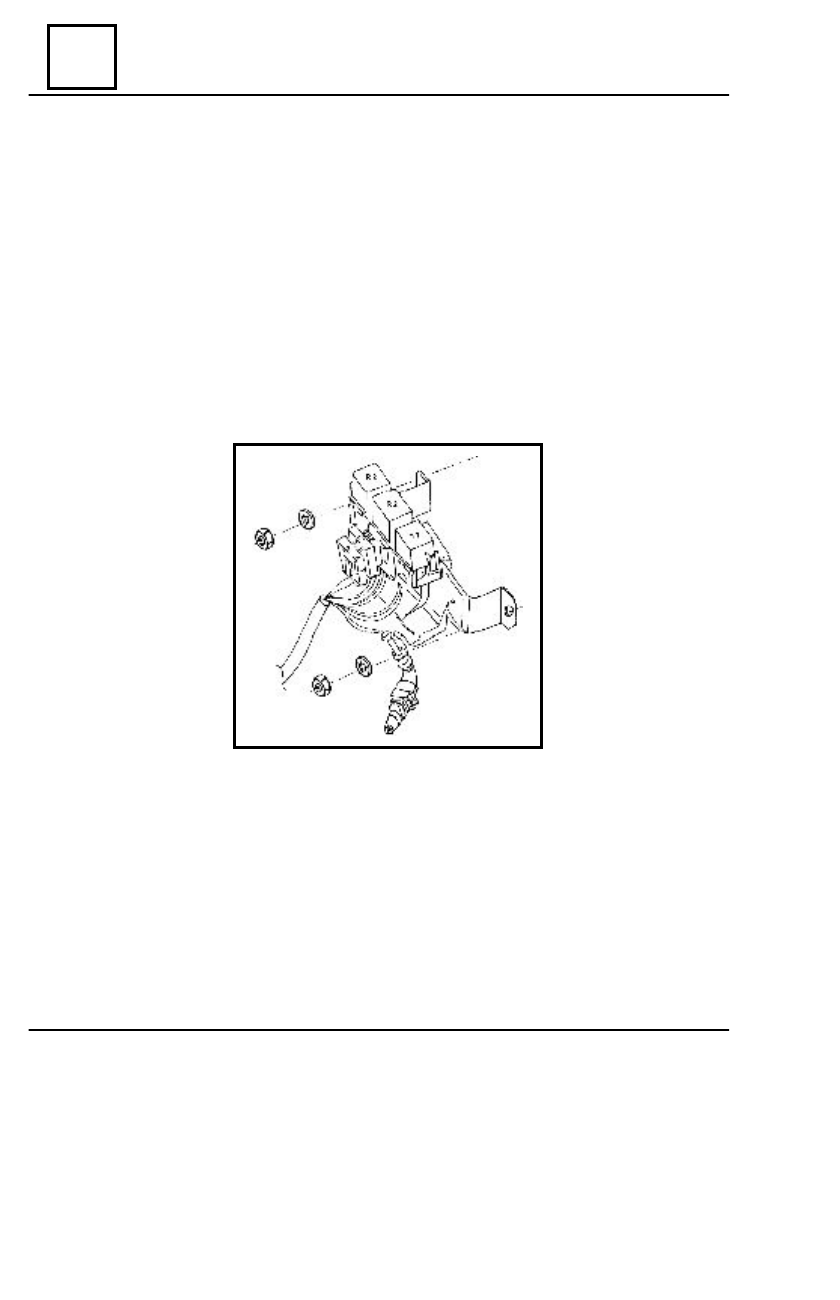Dacia Pick-Up 1304/1305/1307. Service manual - part 40

IGNITION AND INJECTION
17
17 - 24
IMPORTANT:
Two protecting relays and two fuses, placed on a fixed support on the front of the left mudguard
coating (front) electrically protect the injection system. The relays protect the supplying circuits
as follows:
- relay R1: for supplying the fuel electric pump the heating resistance of the oxygen rod an
the injector;
- relay R2: for supplying the computer (pin 17) and the injection witness of the vehicle
front panel;
- relay R3: for controlling the air conditioning compressor.
The plate fuses are 10 A; they are placed on the supplying circuit of the fuel electric pump
(S1) and of the oxygen rod (S2).
NECESSARY DEVICES FOR DIAGNOSIS AND MEASUREMENTS OF THE
SYSTEM PARAMETERS
- Voltmeter, ohmmeter, class 20000 Ù/V;
- Manometer for liquids, 0 – 4 bar, with T-connection;
- Tester SAGEM CLIP Dacia, KTS 300 or AT 520 with soft DACIA (MA 1.7) and
accessories for series diagnosis;
- Marked vessel 0 – 2000 ml.
DIAGNOSTIC